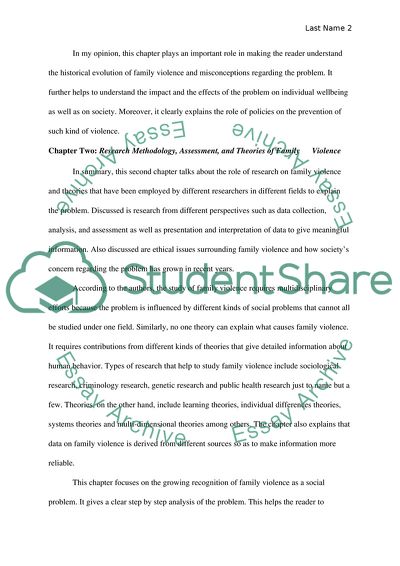Cite this document
(Family Violence Across the Lifespan Book Report/Review, n.d.)
Family Violence Across the Lifespan Book Report/Review. Retrieved from https://studentshare.org/gender-sexual-studies/1876437-12-chapter-reviews
Family Violence Across the Lifespan Book Report/Review. Retrieved from https://studentshare.org/gender-sexual-studies/1876437-12-chapter-reviews
(Family Violence Across the Lifespan Book Report/Review)
Family Violence Across the Lifespan Book Report/Review. https://studentshare.org/gender-sexual-studies/1876437-12-chapter-reviews.
Family Violence Across the Lifespan Book Report/Review. https://studentshare.org/gender-sexual-studies/1876437-12-chapter-reviews.
“Family Violence Across the Lifespan Book Report/Review”, n.d. https://studentshare.org/gender-sexual-studies/1876437-12-chapter-reviews.


